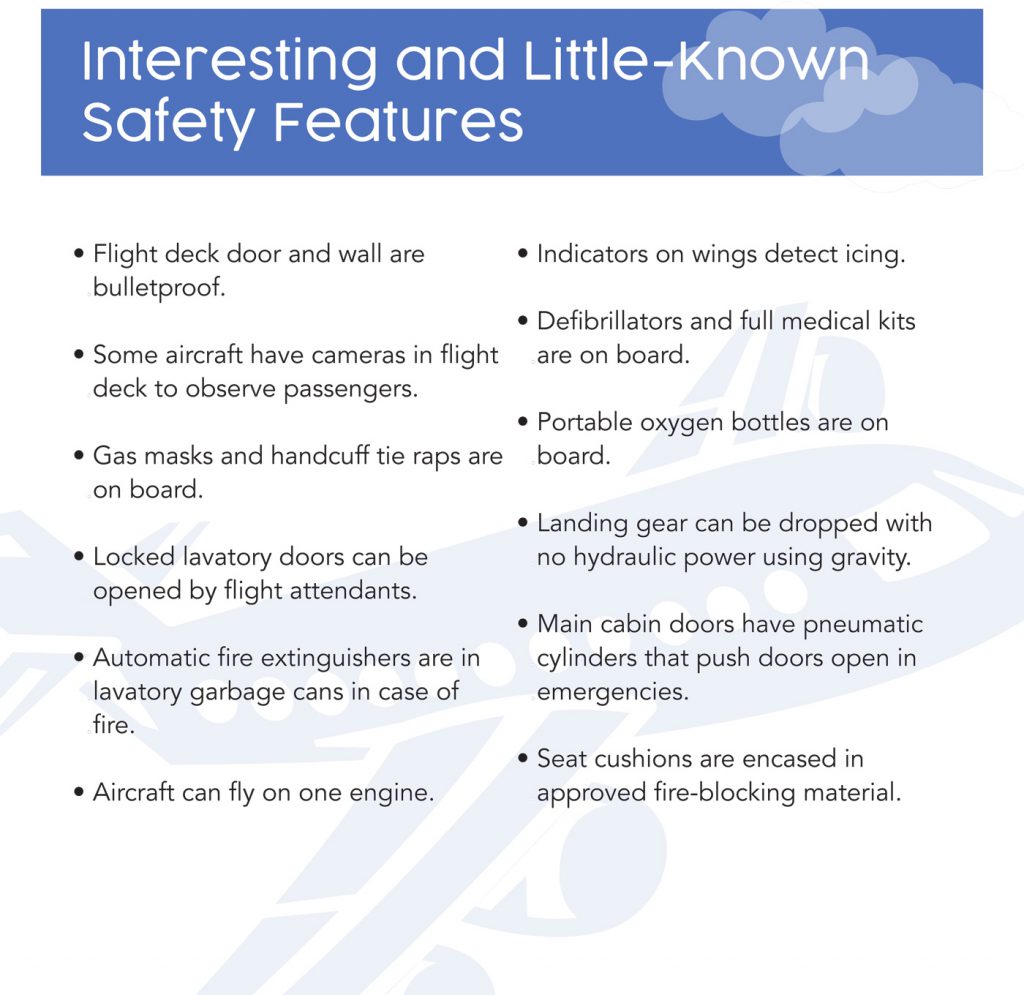As a Vaughn aviation or engineering student, you already know you’re gearing up for an awesome career. But do you have questions about how to position yourself for the right job or how to meet the right people? If you answered “yes,” then you’re not alone. In fact, these are the exact questions you need to ask yourself and the perfect reason to consider attending one of the following conferences we’re highlighting this month. Don’t forget to ask about the financial support that may be available from your college to support your attendance.
Benefits of attending conferences include priceless job exposure, expansive networking opportunities, unparalleled learning experience in the field, chances to present your student research paper or project, and the opportunity to discover more about the companies you’ll apply to after graduation, in the industries you are interested in.
Automated Software Engineering (ASE)
This conference is billed as the “premier research forum for automated software engineering,” which brings together researchers and practitioners from academia and industry to discuss foundations, techniques and tools for automating the analysis, design, implementation, testing and maintenance of large software systems.
ASE is held annually in November. This year, ASE 2019 will be held in San Diego, California from November 11 through November 15, 2019. This conference has added several new workshops to keep an eye on, and which offer great opportunities to present: 1) The ACM Student Research Competition; 2) Industry Showcase; 3) Late Breaking Results.
American Association of Airport Executives (AAAE)
This conference draws thousands of attendees each year who are looking to find innovative solutions that can help airports work smarter. This past June, AAAE was held in Boston, MA. The conference proved successful for Vaughn graduate students as they entered the poster competition for the first time and took third place with their first-of-its-kind partnership research project. Keep this one on your radar for next year.
American Society for Engineering Education (ASEE)
This is the only conference dedicated to all disciplines of engineering education. The 126th annual American Society for Engineering Education (ASEE) conference, which was held in Tampa this past June, was an exciting time for Vaughn engineering students and faculty. Both students and faculty were commended for their participation at this historic conference, and presented research on braille block language design concept, working mechanism of design, manufacturing process using 3D printing, and electrical construction and Arduino software design of the braille block. You may want to consider putting this conference on your list for next year, too!
Association for Equality and Excellence in Education (AEEE)
This conference is geared toward professional development. In an intimate setting, attendees have direct access to presenters, and they can also share best practices with peers. This conference offers priceless opportunities for networking, product and software innovations, and the chance to participate in open discussions. AEEE is typically held in the spring and is a great one to put on your bucket list for next year.
Latin American and Caribbean Consortium of Engineering Institutions (LACCEI)
This non-profit organization of Latin American and Caribbean (LAC) institutions is geared toward raising the awareness level and importance of Science, Technology, Engineering, Mathematics (STEM), as well as education, research, and development and engineering.
This year’s annual LACCEI 2019 Conference, located in Montego Bay, Jamaica, topped the charts in July, where Vaughn engineering and technology students were awarded for their efforts on a grand scale. Six Vaughn engineering and technology student research papers were accepted for presentation at the LACCEI 2019 International Conference and were among the 10 finalists. Vaughn ended up taking home first, second and third places in the student paper competition.
Society for Experimental Mechanics (SEM)
This annual conference encompasses all areas of research and applications relating to a broad focus on experimental mechanics. Topics covered include digital image and digital volume correlations techniques, in addition to several of the latest technologies. This is a great opportunity for students to expand their knowledge in the field of experimental mechanics.
Vaughn engineering students attended the SEM conference in Indianapolis, Indiana in 2017, where they presented their paper, “The Effect of the 3D Printing Process on the Mechanical Properties of Materials.” Read about these students and others at Vaughn who presented at various conferences.
Experimental Aircraft Association (EAA)
Known as one of the largest air shows of its kind, the EAA AirVenture features aviation enthusiasts in the fields of homemade flying craft, as well as designers of more serious craft, and an expansive list of government agencies and companies involved in the aviation and aeronautics industries. This is the go-to event for aviation enthusiasts and qualifying aviation students. Read about two Vaughn students who had the privilege of attending past EAA AirVenture Oshkosh and their priceless experiences.
Vaughn’s take
Vaughn is committed to providing its students a futureproof education. Part of that commitment is guiding these students to various paths of success. Supporting student attendance and participation in conferences like the ones spotlighted above is just another way students can up their game for a successful future.
Dr. Hossein Rahemi, chair of the engineering and technology department at Vaughn stated, “These conferences improve students’ presentation and networking skills and provide them with exposure to companies who attend, to ultimately help them secure a position post-graduation.”
Check out all that’s possible with Vaughn’s aviation and engineering and technology degree programs.
